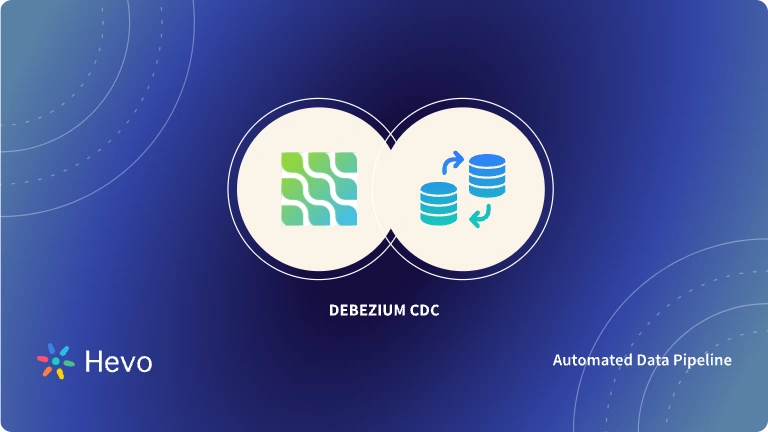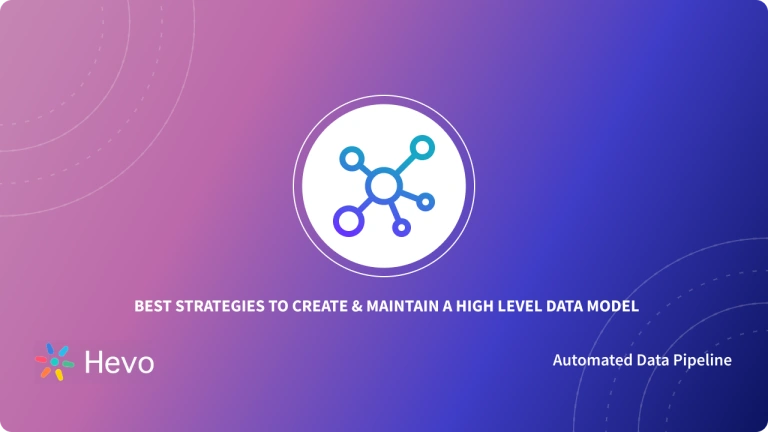In the modern data landscape, data growth and complexity are raising challenges for organizations to be able to design and manage appropriate data models. Ineffective designs of data models result in inconsistency in data quality, ineffective integrations, and retarded decision-making across businesses. These businesses need to effectively put into operation the data for competitive advantage, using the right robust tools that simplify and optimize the data modeling exercise.
Data model builders offer solutions in which different automation features and instruments are embedded in user-friendly interfaces. In this blog, we will discuss about top 8 data model builders.
Table of Contents
What is Data Modeling?
The process of developing a high-level data model involves creating a conceptual framework or representation of how data is structured, related, and managed within a system. It involves defining and organizing data elements and establishing data model relationships, along with the rules that govern their interactions.
Key aspects of data modeling include:
- Entity Definition: Identifying and defining the entities (e.g., customers, products) that are relevant to the business.
- Relationship Mapping: Establishing how entities interact with each other (e.g., customer purchases a product).
- Schema Design: Creating schemas or diagrams that represent the data structure, including tables, fields, and relationships.
Hevo ensures data consistency across your systems by providing a reliable and automated platform for data integration and transformation. It provides integrations from 150+ sources to destination databse/warehouse of your choice. Consistent data is crucial for accurate reporting, analysis, and decision-making.
Here’s how Hevo can be of help:
- Real-Time Data Synchronization: Updates data in real-time to reflect changes across all systems.
- Error Detection and Handling: Monitors pipelines for errors, providing alerts and automated corrections.
- Automated Data Transformation: Applies consistent rules for data cleaning, normalization, and enrichment.
Join our 2000+ happy customers like Thoughspot, and Hornblower and empower your data management with us.
Get Started with Hevo for FreeTop Data Model Builders
- Archi
- Erwin Data Modeler
- DeZign for Databases
- Idera ER/Studio
- Lucidchart
- MapBusinessOnline
- Navicat
- Toad Data Modeler
1) Archi

- Archi is an open-source, cross-platform solution that provides a cost-effective yet robust framework for handling complicated data modeling.
- This Data Model Builder is based on dynamic visual components constructed on top of the ArchiMate language.
- In the ArchiMate® 3.1 language, you can create ArchiMate elements and relations in ArchiMate views quickly.
2) Erwin Data Modeler

- Erwin Data Modeler helps discover, visualize, design, deploy and standardize enterprise data assets.
- The Data Model Builder provides insights into structured and unstructured data, which is a key component of enterprise architecture data modeling, across relational and NoSQL databases, warehouses, and cloud environments.
- Erwin data modeler consists of a single, easy interface to view complex business and technical data structures while automatically developing data models.
- Using built-in interfaces, you can also convert the technical format of the central cloud and on-premises database platforms into highly graphical models rich in metadata.
3) DeZign
- DeZign for Databases is a platform that provides an easy and effective data modeling tool for developers and database specialists.
- This Data Model Builder is intended to assist in the creation of new data structures as well as the reverse engineering of current databases.
- DeZign for Databases enables a complete comparison of all differences when the model or database is changed.
4) Idera ER/Studio

- Idera ER/Studio is a Data Model Builder that can handle various data assets spanning several platforms.
- It comes with a wide range of tools for creating corporate glossaries and standard data models for logical, physical, and conceptual models.
- This Data Model Builder platform supports forward and reverses engineering, data lineage, and “where used” analysis.
- You can create graphical models from existing databases or schemas with ER/Studio Data Architect and simply implement design changes with produced ALTER code.
5) Lucidchart
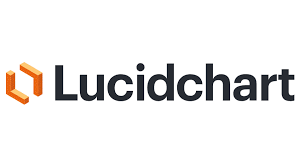
- Lucidchart is a collaborative online database diagramming tool. Since this Data Model Builder is cloud-based, there’s no need to download any significant software, and changes can be made rapidly in real time.
- Individuals and teams may quickly sketch out what they need and how to proceed further. You can also align insights with a shared visual language that helps individuals make better decisions by accelerating cooperation and improving communication.
6) MapBusinessOnline

- MapBusinessOnline is a cloud-based business mapping software that helps a wide range of companies to create, organize, and analyze their data model on a geographical level.
- Any large or small firm may use this software to view business data, manage sales regions, discover new markets, and improve logistics.
- To create the data model MapBusinessOnline has several filtering options with various sharing and collaboration facilities.
7) Navicat Data Modeler
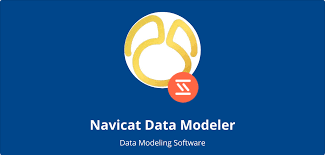
- Navicat is a sophisticated and affordable Data Model Builder for modeling data using conceptual, logical, and physical models.
- The program works on all major platforms and enables forward and reverse engineering.
- Navicat Data Modeler is a Power database design tool that helps in the creation of data models.
- The application can easily create complicated entity connection models and produce SQL scripts with a single click. MySQL, MariaDB, Oracle, and SQL Server are among the database systems supported by Navicat Data Modeler.
8) Toad Data Modeler
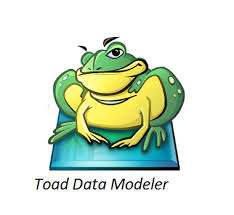
- Toad Data Modeler has established itself as a premier multi-platform database modeling tool.
- It has advanced visualization features that allow data managers and others to evaluate physical and logical models and the essential linkages across databases and other repositories.
- This Data Model Builder supports multiple databases like Oracle, SAP, MySQL, SQL Server, PostgreSQL, DB2, Ingres, and Microsoft Access that can be connected natively and concurrently. You can also create high-quality database structures or make automated updates to existing models and offer documentation across platforms.
How to Choose a Data Modelling Software?
- Understanding how data is used in your company: The approach begins with an awareness of how your company consumes and processes data and its unique data modeling requirements.
- Consider the size of the project: It is important for you to ensure that the tool or solution can scale as your organization’s data demands alter and increase.
- Consider the main features: While determining a company’s general needs, it’s critical to understand the characteristics of various solutions and how well they match your present database architecture.
- Be aware of the resources available to you Data modeling is a difficult task that may quickly become overwhelming.
- Recognize the various importance to ensure that the solution or tool recognizes and manages various formats to deal with costly and time-consuming translations and revisions.
Conclusion
In this article, you learned about Data Modeling, how to choose Data Modeling software, and the best Data Model Builder available in the market. Today, due to the extensive usage of data across organizations, implementing a database model has become essential to enhance productivity. Hence by adopting a data-driven approach, you can make informed decisions, drive growth, and stay ahead of the competition.
Try a 14-day free trial and experience the feature-rich Hevo suite firsthand. Also, check out our unbeatable pricing to choose the best plan for your organization.
FAQs about Data Builder Model
1. What is data model building?
Data model building is the process of creating a conceptual representation of data structures and relationships to organize and store data in a database or data warehouse.
2. How can we create data model?
To create a data model, identify the entities, attributes, and relationships relevant to your business or problem domain, and then use a data modeling technique, such as Entity-Relationship Modeling (ERM) or Dimensional Modelling, to design the model.
3. What is a model builder?
A model builder is a software tool or application that enables users to create, design, and manage data models for databases, data warehouses, and other data storage systems.


